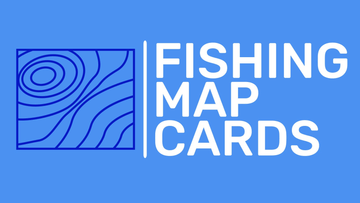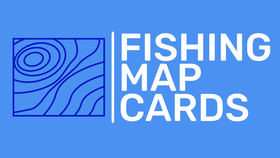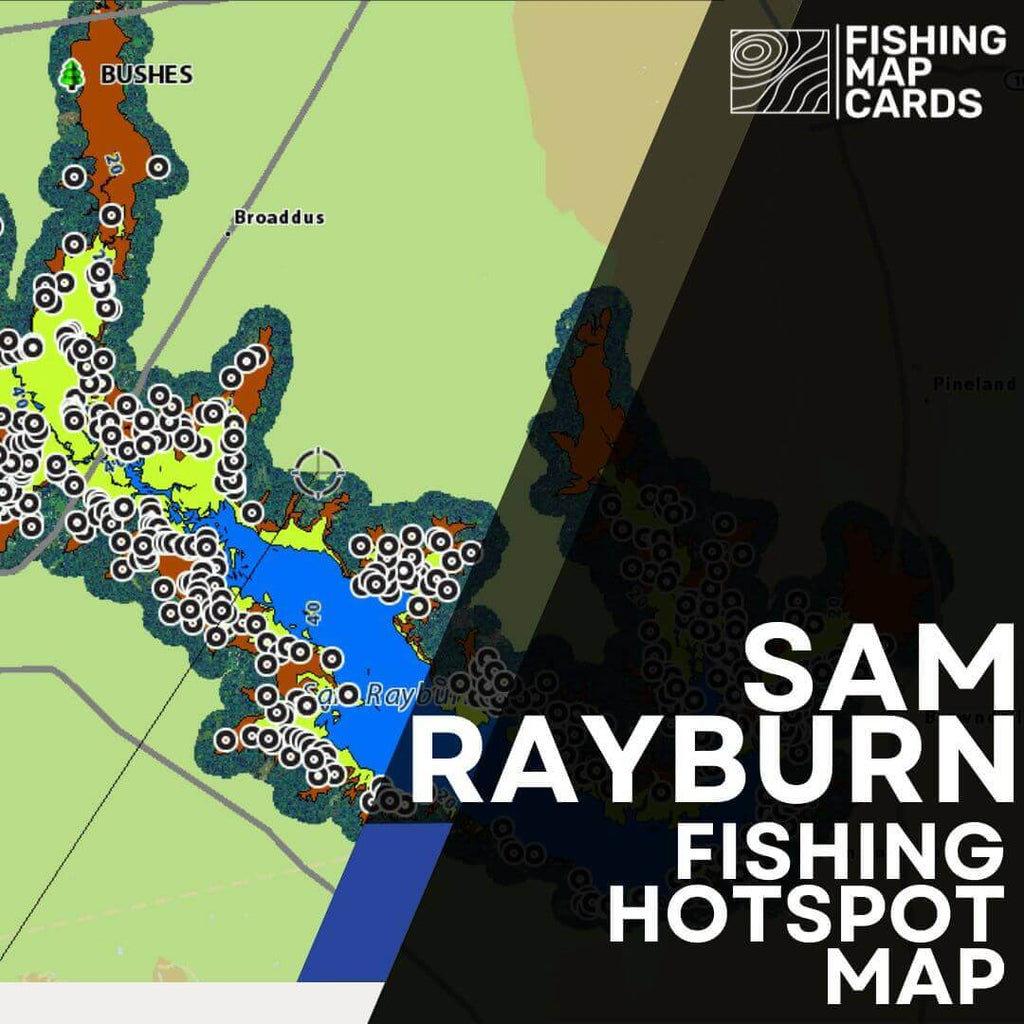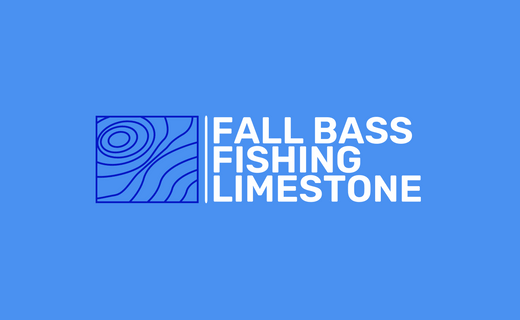White Bass Fishing on Sam Rayburn Reservoir: A Year-Round Guide
Sam Rayburn Reservoir, one of Texas's most beloved fishing destinations, offers exceptional opportunities for white bass anglers. White bass, also known as sand bass, are known for their aggressive strikes and exciting fights, making them a favorite among anglers. In this guide, we’ll explore the seasonal patterns of white bass on Sam Rayburn and the best lures and bait to catch them throughout the year.
Seasonal Patterns of White Bass on Sam Rayburn
Winter (December - February)
White bass form large schools during the winter months, often moving into deeper water. They tend to hover around creek channels, river bends, and submerged structures where baitfish congregate. This is a great time to fish for white bass using electronics to locate these schools. They tend to hold at depths of 20 to 40 feet.
Tips for Winter Fishing:
- Look for schools using your fishfinder, focusing on depth changes and creek channel intersections.
- Early mornings and late afternoons can yield the best results as white bass are more active during these times.
Spring (March - May)
Spring marks the white bass spawning run, where they move into the feeder rivers and creeks of Sam Rayburn. This is the easiest time of year to catch them in shallow water, as they become highly active and aggressive. The spawning season typically peaks in March and April, depending on water temperature, which should range between 55°F and 65°F.
Tips for Spring Fishing:
- Target the upper ends of the reservoir and feeder creeks like the Angelina River.
- Fish in shallow areas with sandy or gravel bottoms where they spawn.
Summer (June - August)
As water temperatures rise, white bass move back into deeper main-lake areas. They often follow schools of shad and can be found around submerged humps, ridges, and the edges of creek channels. They’re highly active during early mornings and evenings when they chase shad near the surface.
Tips for Summer Fishing:
- Watch for surface activity, such as shad skipping and splashes from feeding fish, which indicate schools of white bass feeding on the surface.
- Consider trolling to cover more water and locate schools.
Fall (September - November)
Fall brings cooler temperatures and a return to shallower water for white bass. They begin to feed heavily to prepare for winter, chasing baitfish into coves and along windblown shorelines. This is an excellent time to catch larger white bass.
Tips for Fall Fishing:
- Focus on points, submerged roadbeds, and windblown banks where shad are plentiful.
- Look for schooling activity near the surface, especially during overcast days.
Best Lures and Baits for White Bass
White bass are voracious predators and are not particularly picky, making them an excellent target for anglers of all skill levels. Here’s a breakdown of the most effective lures and baits for each season:
Lures
-
Jigs
- Small curly tail jigs, paddle tail swimbaits, and slab spoons are incredibly effective year-round. Use 1/8 to 1/4-ounce sizes in white, chartreuse, or shad patterns.
- Drop jigs vertically during the winter or when fishing deeper water in summer.
-
Crankbaits
- Lipless crankbaits like Rat-L-Traps or small shad-patterned crankbaits work well when white bass are actively chasing bait in the spring and fall.
- Troll crankbaits during summer to locate schools.
-
Topwater Lures
- In summer and fall, use topwater lures like poppers or small walking baits during early mornings when white bass are busting shad on the surface.
-
Slabs and Spoons
- Metal slab spoons are perfect for jigging deep schools in the winter or during summer when fish are holding near the bottom.
Bait
-
Live Shad
- Live shad is the ultimate bait for white bass, especially in the spring and summer. Use a cast net to catch fresh bait and fish it on a Carolina or drop-shot rig.
-
Minnows
- Small minnows work well when live shad are unavailable. Fish them under a slip bobber or on a bottom rig in deeper water.
Tips for Success
- Electronics Are Key: Use your fishfinder to locate schools of white bass, particularly in deeper water during winter and summer.
- Time of Day: White bass are most active during low-light conditions, so plan your trips for early morning, late afternoon, or overcast days.
- Wind Direction: Wind can concentrate baitfish along certain shorelines, drawing in white bass. Fish the windblown side of the lake for the best action.
Sam Rayburn is a fantastic destination for white bass fishing year-round. By understanding their seasonal patterns and using the right lures and bait, you can maximize your success and enjoy the thrill of catching these hard-fighting fish. Whether you’re fishing for fun or filling a cooler, white bass on Sam Rayburn won’t disappoint.
Tight lines, and happy fishing!





